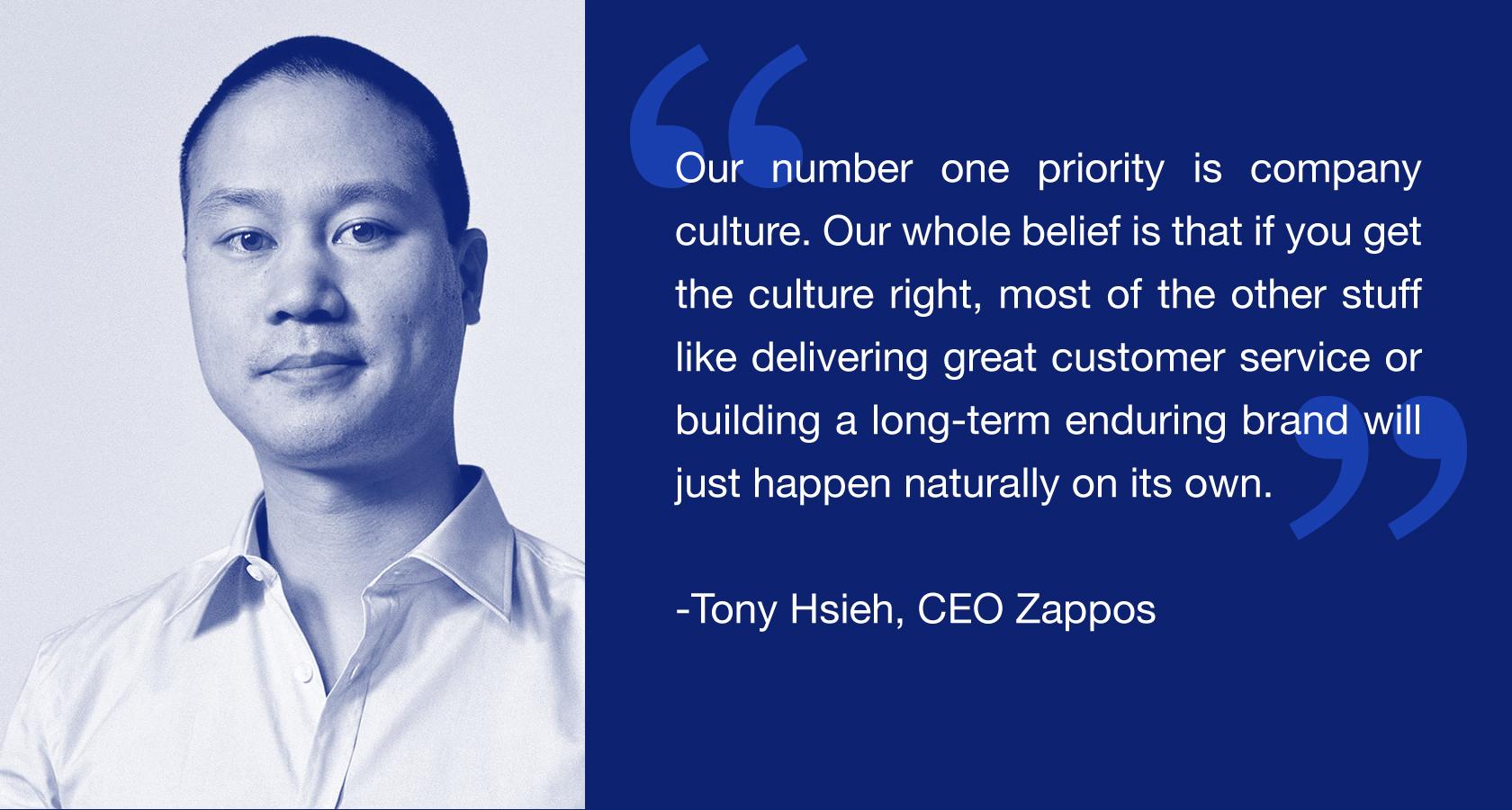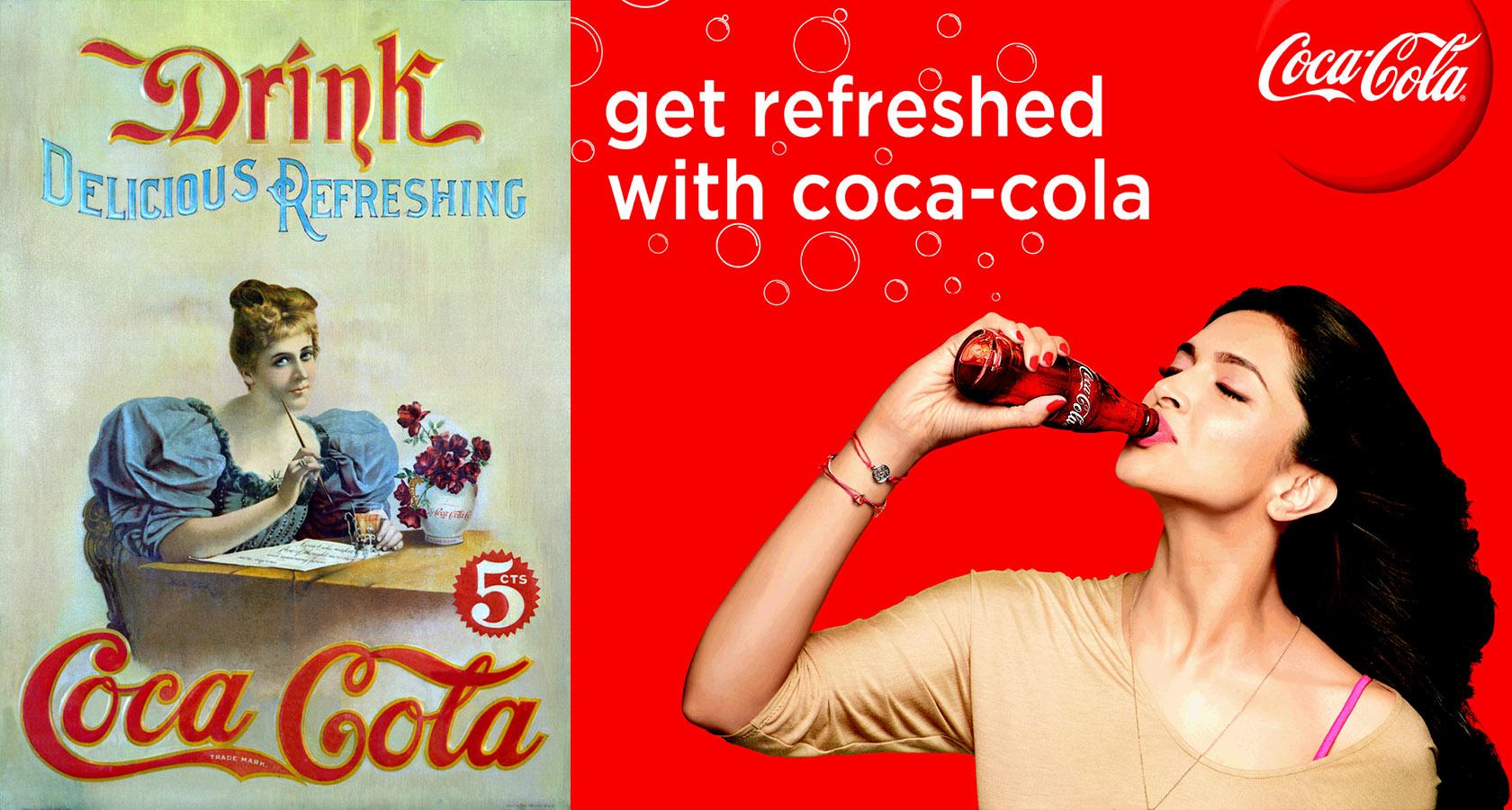What Is Branding? Everything Is Branding.
From personal brands to anti-brands, we’ve entered an age of incessant brand awareness. Branding is everywhere, but is everything branding?
From personal brands to anti-brands, we’ve entered an age of incessant brand awareness. Branding is everywhere, but is everything branding?
Micah helps businesses craft meaningful engagement through branding, illustration, and design.
Welcome to the age of brand ubiquity, an era where everyone is hellbent on telling a story. About what? Doesn’t matter. Because “Branding is Everything.”
There’s content to promote, messages to craft, and no time to regret that “branding” has been pumped full of hot air and ambiguity.
So, what is branding and why is it important? How should we define it?
For some, it’s visual. For others, it’s purely strategic. For all, it’s inescapable. In a marketing culture that assaults our senses without mercy, there’s no such a thing as a brand-free interaction. We’re bobbing in the waters of an endless brand ocean.

Whether it’s white label, private label, or we-don’t-use-a-label, branding is everywhere—but is everything branding?
Toptal Design Blog editor Cameron Chapman and I have differing opinions, but we agree that a measure of clarity is desperately needed.
Why Branding Matters
Micah: A brand is a promise.
Designers do important work, but the design process can’t fix every problem. When we view the world through the lens of our own professional experiences and idealistically project our knowledge onto large segments of society, we draw faulty conclusions.
Everything is branding? Hardly.
The pervasiveness of branding in the west is a relatively recent blip on the radar of design history. How branding works is omnipresent, but it’s not all-encompassing. Still, there’s a growing sentiment that whatever happens within a company’s sphere of operations constitutes branding.
If an executive misspeaks, a product glitches, or an organizational conflict is brought to light, we’re quick to define “branding failure.”
There are actions that a business takes and events that a business responds to. Branding informs both, but it’s a leap to insist that all business activity is branding. The mental gymnastics are possible, but you might pull a frontal lobe in the process.
Let’s make this exceedingly simple…
- Brand: A brand is the foundational promise that a business makes to its customers.
- Branding: Branding is the promotion and upholding of that promise.
- Brand Design: There are two avenues of brand design. The first is crafting the promise. The second is developing promotional strategies and artifacts.
The layperson uses these terms interchangeably. “Branding” is a nebulous feeling that encompasses a company’s image, values, and interactions with customers. Meaning vacillates depending on context.
Design professionals can’t afford such imprecision. If we indulge the idea that everything is branding, we’ll lose sight of who our clients are and who their customers need them to be. Inevitably, we’ll pursue distraction, the antithesis of branding, and waste our creative efforts worrying about things that don’t matter.
A brand is a promise. Branding promotes and upholds that promise. Everything else is a diversion.

Cameron: Control your brand or it will control you.
Yes, to a company, their brand is their promise. But to consumers, a brand is more akin to a “gut feeling” they get when thinking about a particular company. And in the end, which one matters more: what a company wants their brand to be, or how consumers actually perceive their brand?
A company needs to consider every single interaction and touch point they have with consumers and how it impacts their brand perception. Whether they like it or not, brands are ultimately formed in the minds of consumers.
Either companies can purposely curate this perception and make sure that all those touchpoints reinforce the image they want (whether they consider those touchpoints “branding” or not), or they can allow their brand to be controlled by the public.
Designers are integral to creating these brands, but without a cohesive plan across the entire company, a designer’s work can only go so far.
Anti-branding Is Still Branding
Cameron: There’s no such thing as “brandless.”
There’s been a move in recent years toward “brandless” strategy. This anti-branding, though, is still branding. By eschewing the typical “branding” activities, these anti-brands portray to consumers that they’re getting a better value, as money isn’t “wasted” on things perceived as frivolous—in most cases that means fancy packaging, expensive ad campaigns, and teams of graphic designers and marketing experts.
The designs are often minimalist and straightforward: typographic logos, simple one- or two-color printing on the packaging, and very few things the layperson would identify as designed. The designs aren’t quite Brutalist, but they’re often close.
But the image these anti-brands portray to consumers is still indicative of their promise and position, not to mention their personality. Their image is just as important to their success as that of companies with sleek, obvious branding.
Brandless is one company that has embraced the anti-brand aesthetic. The majority of products on their site are priced at $3 (that used to be the price for everything on the site, but they’ve recently added some more expensive merchandise selling for $6-9).
Packaging is minimalist, with many products only labeled with basic information in bright colors (a few products do have images on the labels, but they’re still kept very minimalist). Their anti-brand branding feeds into the consumer’s perception of the brand as being high-value and no-frills.
Regardless of how “unbranded” a company might seem, they’re still making decisions based on the way they want to be perceived by customers and the promises they want to make. And that’s the very definition of branding.

Micah: If a business appears “unbranded,” it probably is.
The existence of a business does not ensure the existence of a brand, so I think we should make a distinction between anti-brand and no brand. The former is a specific point of view; the latter an unintentional omission.
Many businesses operate with a mindset that is entirely transactional: “We provide X, and you pay us Y.” Such businesses often emphasize the importance of efficiency, quality, and reputation—worthwhile values that leave the impression of a brand. But if there is no foundational promise, no unique proposition, no target customer, and no attempt to inspire ongoing loyalty, there is no brand.
Anti-brands, conversely, are actually ultra-brands. A company like Brandless possesses all the obvious criteria of a brand but labors to create the impression that it exists apart from the nefarious world of retail middle-men and their expensive branded products. Executing such a blatant ruse requires a keen understanding of how consumers think, shop, and decide to buy.
This leads to my next point…
Branding Is Intentional
Micah: If everything is branding, nothing is branding.
A few months back, I overheard two high schoolers discussing their respective “brands” on Instagram. There were no products being sold, and from what I could tell, no money being made—but these kids were savvy.
They instinctively understood the nuances of an image, the tiny design details that would earn more likes and followers. It was fascinating and highly strategic.
And it made me realize something.
Branding can’t be accidental. It’s always intentional. Unplanned events may affect a business for better or worse, but that’s luck, not branding. If every arbitrary occurrence in the universe can be labeled branding, where do we stop?
A frustrated employee makes an office rant that goes viral—that’s branding?
A social media intern makes an obscene Twitter typo—that’s branding?
A teen makes a goofy montage of his pal strutting around school—that’s branding?
C’mon.

Accidents and random events may be spun into brand opportunities, but they aren’t branding in and of themselves. “Everything is branding” is an extension of our cultural obsession with viral content. We’ve grown sick of repackaged narratives, predictable outcomes, and copycat brands, but the antidote, especially for brand designers, will not be found exploring ever greater depths of randomness.
Branding must be specific, calculated, and impactful or it’s not branding; it’s a distraction. Whatever the paradigm (shock value, authenticity, etc.), there will always be demand for branding that cuts through the noise and captivates customers with a compelling promise.
If everything is branding, then nothing is branding—a pointless, postmodern mind-trap if there ever was one.

Cameron: Branding is often accidental.
Micah says “Branding can’t be accidental. It’s always intentional.”
Branding should be intentional. But that doesn’t mean it always is in practice.
While the examples above aren’t necessarily part of the branding a company intends to put out there, they do form the brand image in the mind of the public. That makes it branding in the strictest sense of the word.
Companies need to be cognizant of these impressions. They need to be poised to take advantage of opportunities as they present themselves, and, alternatively, they need to be poised to do damage control when things don’t reinforce the brand promise they want to deliver. The brands that really win, though, are those that are able to break into the cultural zeitgeist and become relevant as more than just a commercial enterprise.
The branding that Micah mentions in terms of cutting through the noise and captivating customers plays a very important role in this, but it’s only one part of the brand equation.
A Company’s Actual Brand Is Mostly Out of Their Control
Cameron: Every interaction creates a company’s brand.
Every day, consumers form thousands of tiny impressions of the brands they see. Those impressions can be either positive or negative. While marketers and designers might not intend for every micro-interaction a consumer has to reinforce or define their brand, in reality, they have little to no control over it.
Companies have to ensure that every aspect of their business reinforces the brand image they want to portray, from their website to their marketing assets to their employees.
If a company wants to build a brand that resonates with consumers, the first step is authenticity. A host of big corporations have had to deal with PR nightmares due to perceived greenwashing (trying to appear eco-conscious when many of their business practices are anything but) or local-washing (when a major corporation re-brands to appear to be a local or regional brand when actually owned by a multinational corporation).
For example, Starbucks received some backlash over their new “strawless” lids, which actually contained more plastic than the older version that incorporated straws. Granted, the new lids are more likely to be recycled than the straws were, so the environmental impact may still be a net positive. But the damage in some circles has been done.
Brands have to recognize that everything they do contributes to the public’s perception of their brand, whether it reinforces their brand promise or not.

Micah: Bold brands control their own narratives.
Cameron, you make strong points, but I see it differently. Branding should be proactive rather than reactionary. Ultimately, there are two, fundamental mindsets that a company can have about branding:
- Focus outward and follow external forces.
- Focus inward and forge our own path.
Following external forces leads a business away from its core promise towards the bottomless pit of pleasing everyone. When companies are obsessively looking outward for brand cues, they become wind-tossed culture lackeys, preening virtue peacocks, susceptible to all manner of silliness—plastic straws included.
We must remember that current events, business missteps, and public opinion aren’t branding. A solid brand strategy will guide a company’s reaction to these things, but it shouldn’t be built around them.
A bold business forges its own brand narrative and focuses inward, refining and aligning every operational detail to its brand promise. When things don’t go well, when expectations go unmet, there’s no identity chaos, just the calm of knowing what matters most: the values, goals, and practices that set them apart. Here, we find the roadmap to the one thing that customers crave most: Brand consistency.

The Nature of Branding Is Evolving
There’s a philosophical aspect of brand design, a search for truth that we may orient our creative efforts by. As brand designers, we want to know what people genuinely need and desire so that we can help businesses establish meaningful brand promises. When the promise is in place, we promote and maintain its meaning. The philosophical gives way to the practical.
This is where confusion begins.
We live with the blessing-curse of limitless information. Our nicely wrapped design definitions mean little in the civic arena, where trending sentiments trump the manicured brand campaigns we create for clients. Perhaps we’re headed towards a day when businesses no longer have the nerve to proclaim unique promises, instead deferring to the public to define their brands?
Let’s hope not.
Bottom line: Branding’s changing. Now more than ever, brand channels, content types, and methods of promotion are in flux. One day it’s cool to plug your product with a puppy-face filter, the next day it’s not. As designers, we need to equip our clients with strong brand visions that can stand up to scrutiny and maintain relevance amid shifting attitudes and technology.
A brand can’t be all things to all people, but effective branding can help businesses cement an ongoing presence in the lives of loyal customers—and that’s everything.
Further Reading on the Toptal Blog:
Understanding the basics
Why is branding important to consumers?
Branding is important to consumers for two reasons: 1.) It helps them choose whether or not a company’s offering is for them—this is brand value; 2.) It’s a reminder of past experiences and interactions with a company—this is brand experience.
What is the purpose of branding?
How does branding work? A brand is the core promise that a company makes its customers. The purpose of branding is to promote and uphold that promise so that people know about it and believe in it. Without clear branding, people may not trust a company or understand why they should buy its goods or services.
Why is branding important for startups?
Startups often have little brand recognition among consumers. If a startup has a good product or service, but its branding is unclear, people won’t understand its value. Startups need a brand communication strategy that identifies their message, audience, and marketing channels.
How do you build brand identity?
Before any visual elements of a brand identity can be created, designers must thoroughly understand their client’s target customer. With a clear picture of the customer, brand designers can establish the company’s core brand promise and begin creating the brand identity.
How do you create brand value?
Brand value is something that a business must earn over time. A brand is a company’s core promise to its customers, and branding is the promotion of that promise, but if a company fails to deliver exceptional service, or if its product is unreliable, customers will not hand over their trust or loyalty.
Micah Bowers
Vancouver, WA, United States
Member since January 3, 2016
About the author
Micah helps businesses craft meaningful engagement through branding, illustration, and design.

